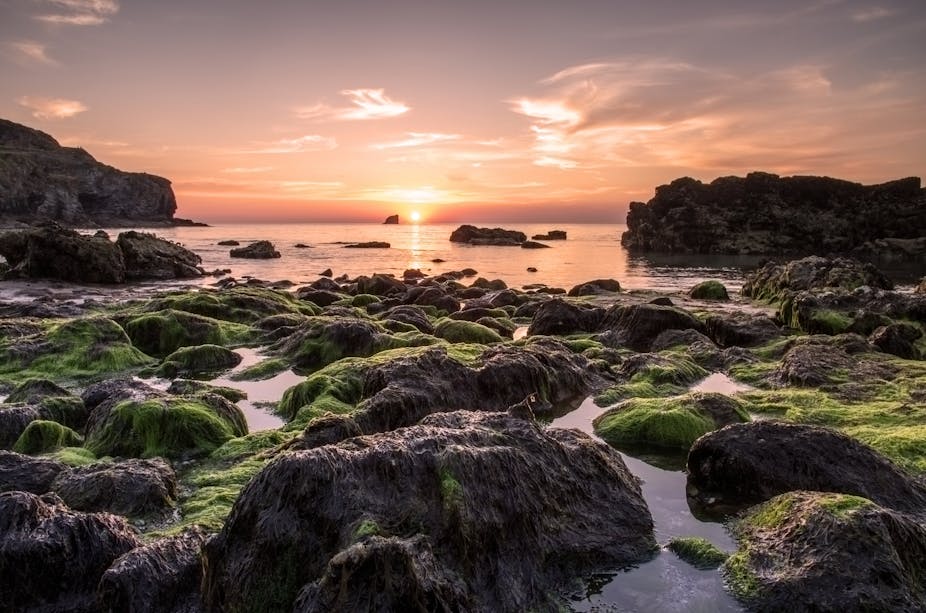The UK has a rich history of marine biology, with famous scientists such as Charles Darwin who did pioneering work in the field, and strong research institutions with international expertise in marine sciences. So, surely then, scientists must know everything there is to know about the country’s coasts and rockpools? Unfortunately not. While there are scientific names for the overwhelming majority of marine species on the country’s shores, we don’t necessarily know everything about the organisms themselves – or what lives inside them.

Back in 2012, researchers looked at how much was known about the biology of marine species around Britain and Ireland’s coasts, and concluded that there were considerable gaps in scientific knowledge. This extensive review of biological data looked at almost 1,000 species, including 148 species of fish and over 800 species of invertebrates such as worms, crustaceans, sponges, sea urchins and starfish. They looked at eight types of biological traits that may be known for each – including diet, growth, dispersion and reproduction – and found that information for all eight traits was only known for 9% of the species. While 20% of the species had no biological traits recorded at all.
Despite researchers working hard, very few of these gaps have been filled in the six years since that paper was published. This missing information is critical to safeguard and conserve the waters which surround the UK. Scientists can’t properly determine the effects of, say, climate change or pollution on marine life if the factors which determine things like the timing of their reproduction aren’t known.
Read more: Octopuses: How citizen scientists are uncovering their secrets
Insider information
And when we talk of creatures that live around the country’s shores, we can’t ignore the species that live on or inside them. Take parasites, for example. Trematodes, nematodes, microsporidians, paramyxeans, gregarines and protists aren’t household names in the kingdom of life. However, the typical animals that might be found around UK shores (crabs, worms, oysters and starfish) are home to multiple species of parasites. Some of these parasites are also home to parasites themselves (known as “hyperparasitism”).
Parasites are considered the most abundant and diverse creatures on the planet, and they play an incredibly important role in how wildlife interact with ecosystems. Though microscopic, parasites can affect how fast organisms can grow or mature, make them exert abnormal behaviours, and influence where they live too.

They can even feminise their hosts, changing some crustaceans from male to female. Some time ago we discovered a microsporidian parasite was the cause of feminisation in the shrimp-like amphipod (Echinogammarus marinus). And we recently found out that two parasites combined, or possibly another new species of parasites (a paramyxean), might be involved in the feminisation too.
This amphipod also turned out to be host to an undescribed species of trematode parasite that can change its behaviour, making it more attracted to light – a consequence of which is that it’s more likely to get eaten, completing the parasites’ lifecycle. In just one quite common species we have found multiple undescribed species of parasites.
Given the thousands of marine species around British and Irish shores, it is highly conceivable that there are many new discoveries like ours to be made. But more importantly, we must get to know the biology of known marine life and their parasites if we wish to understand how ecosystems function, the human impacts, and safeguard the environment’s future.
As the world has focused on unlocking human genomes, the costs of rapidly mapping the genetic blueprints of wildlife have fallen dramatically. Scientists have the tools at their disposal, to analyse the genes of animals that live on UK shores, and the organisms that live inside them. Each marine species is an island, home to multiple others, and only if we start to disentangle their genetic codes can we begin to understand to truly understand what life is like on the UK’s oceanic doorstep.

